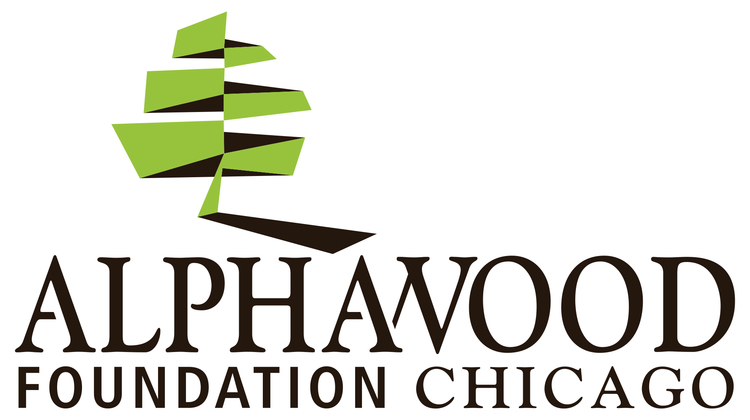Beginning in June 1981, the U.S. Centers for Disease Control ( CDC ) began to gather reports of "19 cases of biopsy-confirmed Kaposi's sarcoma ( KS ) and/or Pneumocystis carinii pneumonia ( PCP ) among previously healthy homosexual male residents of Los Angeles and Orange counties."
One month later, on July 3, the CDC noted in its Morbidity and Mortality Weekly Report that "During the past 30 months, Kaposi's sarcoma ( KS ), an uncommonly reported malignancy in the United States, has been diagnosed in 26 homosexual men ( 20 in New York City [NYC]; 6 in California ). Skin or mucous membrane lesions, often dark blue to violaceous plaques or nodules, were present in most of the patients on their initial physician visit. However, these lesions were not always present and often were considered benign by the patient and his physician."
That same year, Izhar Patkin—an Israeli-born artist then living in New York—completed a painting he titled "Unveiling of a Modern Chastity."
A bleak landscape, created in hues of yellow, is scattered with three-dimensional, crimson abrasions of varying sizes and shapes. Looking at the work without either the historical context or the story behind it, Patkin's work could be interpreted as the overhead image of an inhospitable alien landscape that is as desolate as it is savage.
In a 2015 interview with Art News, former Chicagoan, gay-rights activist and director of the visual studies doctoral program at the Buffalo campus of the State University of New York Jonathan David Katz called Unveiling of a Modern Chastity "the first [AIDS] work I've encountered."
Whether Katz is indeed correct in his discovery is a deeply regrettable unknown.
Whereas the medical history of HIV/AIDS in the United States, its cultural and political effects and the devastation it unleashed and continues to wreak upon countless souls is heavily documented in over 35 years of figures, statistics, graphs, books, plays and film, an exploration of the disease from within the limitless mind of the visual artist has been difficult to map and, until now, never gathered in a single place.
For that reason, the exhibition Art AIDS America that opened Oct. 3, 2015, at the Tacoma Art Museum ( TAM ) in Washington ( in partnership with the Bronx Museum of the Arts ) and has since been touring the country is historic and so unique that those who experience it may never find an equal in terms of the journey they take through loss, fear, defiance, valiance and hope.
These feelings at the universal core of humanity play into the aim of Art AIDS America.
Alongside the chief curator of the Tacoma Art Museum Rock Hushka, Katz is the co-curator of the exhibition.
In his essay "How AIDS Changes American Art," Katz wrote: "To make of AIDS an active historical protagonist requires understanding that it is in fact ours, a collective trauma with a collective impact. The narrative we aim to tell is thus expansive and therefore revisionist, reframing AIDS as something that happened to them to something that happened to us."
On Dec. 1, 2016—World AIDS Day—Art AIDS America will arrive and culminate in Chicago.
